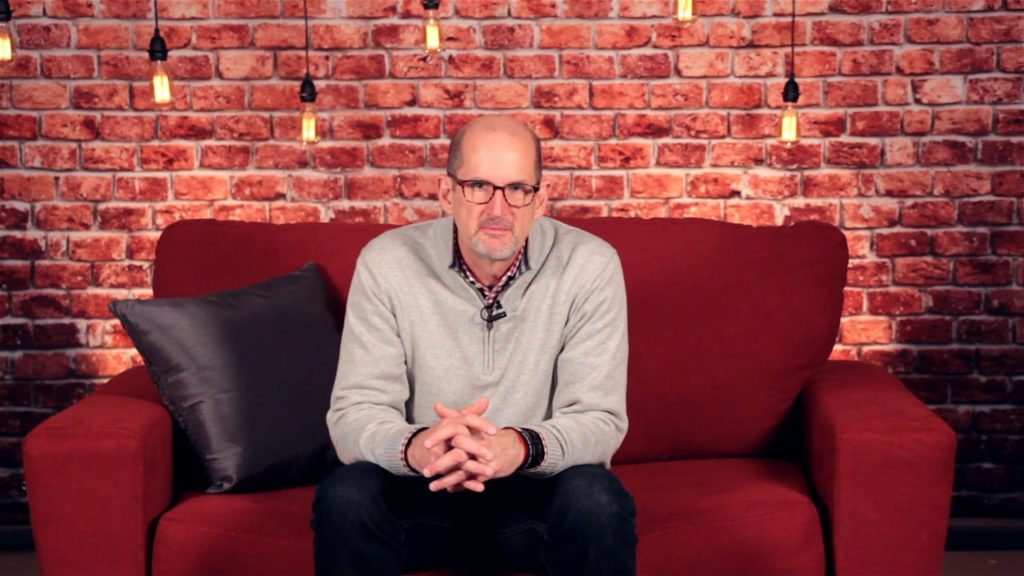Everyone should be able to speak in front of a group with some degree of confidence, whether it’s sharing a testimony, teaching a Bible study or just giving an announcement.
Here are three important principles I have learned by personal experience, whether behind the podium or seated in front of it:
Do not apologize for yourself!
Frequently people will begin a presentation by saying, “I’m not a good speaker…” or “When I was asked to speak, I didn’t want to do this because I get nervous…” or other similar statements. We say those things because we don’t want our audience to expect too much from us – it’s a natural reaction to a lack of confidence. But these types of statements immediately lower the audience’s interest in our message. They think, “Well then, why should I listen to her?” Don’t apologize! Find a good quote, short story or a specific statement for your introduction and do not give into this temptation.
Keep your main thought the main thought!
One of the most common mistakes people make in speaking is trying to cram everything they ever knew or heard about a topic into one presentation or message. There is an old saying, “Tell them what you are going to say, say it, then tell them what you said.” That nails it. You can certainly have more than one point but those points should be at a minimum and build on one thought. Oswald Chambers said, “The good is the enemy of the best.” While he did not make this statement in the context of preparing a message, it applies perfectly. You may have several good points to make, but too many will lead down rabbit trails and if you go there you will never get home. Resist the temptation to include everything you know, just stick with the most effective points you have and determine to leave the rest.
Know your conclusion!
How many times have you listened to a message or testimony that started out strong, but you thought would never end? Everyone else in the audience is thinking the same thing – “Land the plane! Please!” This is a common mistake people make, not preparing for the end of the presentation. Your conclusion should be just as planned as your introduction. The longer a message drones on and on, the less effective it will be. And by the way, keep in your time limit. Nothing frustrates people more than someone who considers their own time more important than anyone else’s. It’s rude and it drastically reduces your effectiveness.
Whether its a message at a conference or an announcement at your child’s PTA meeting, these principles will help you communicate well, keep your audience happy and give you confidence!
Published July 24, 2013



